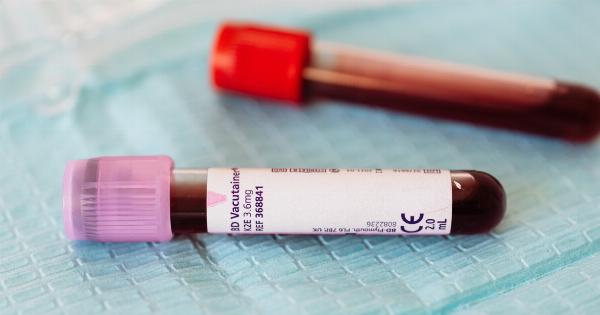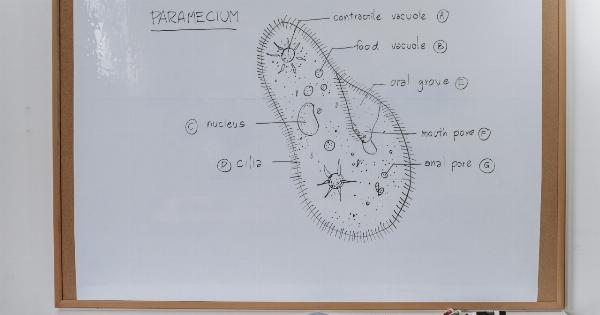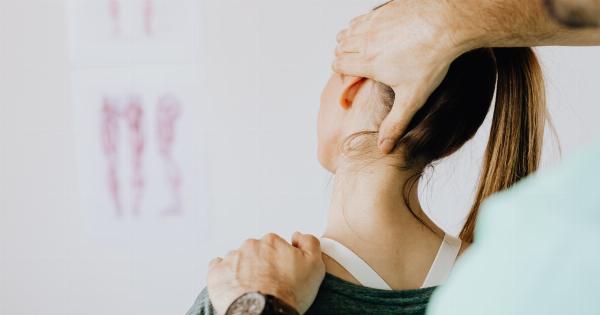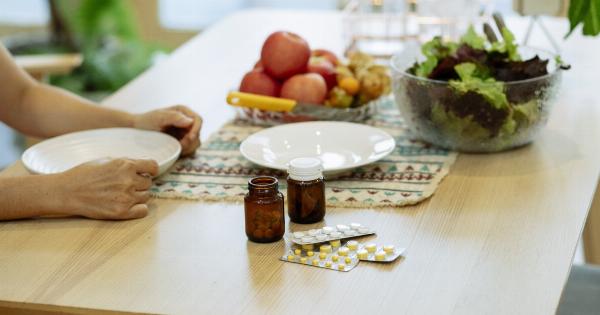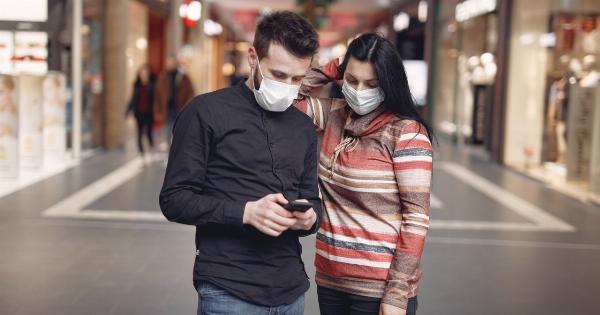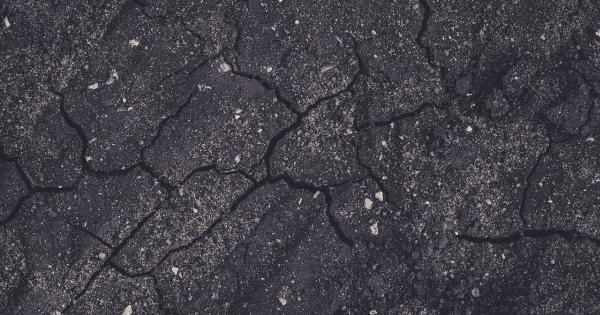Bleeding wounds can be caused by a variety of situations such as accidents, falls, cuts, and more. Regardless of the reason for the cut, it is important to take the necessary steps to stop the bleeding.
There are various effective ways to stop bleeding wounds, and in this article, we’ll cover some of the most essential strategies to minimize the bleeding and promote healing.
1. Apply pressure on the wound
The most basic principle to stop bleeding wounds is to apply direct pressure on the injured area. With clean hands, apply a sterile gauze pad or a clean cloth over the wound and apply pressure.
Do not remove the pad as it would remove the blood clotting and the bleeding would continue. Keep applying the pressure on the wound until it stops bleeding.
2. Elevate the wound
If the wound is on the arms or legs, elevate it to reduce the blood flow. This reduces the blood pressure and results in less blood coming out of the wound. It is effective to raise the injured area above the heart level.
3. Use a tourniquet
In some cases, when the wound is hard to control, and the bleeding is severe, using a tourniquet is the best option. A tourniquet is a device that is wrapped tightly around the affected limb to decrease blood flow to the wound and stop the bleeding.
Wrap the tourniquet 2-3 inches above the wound (toward the heart), and tighten it until the bleeding stops. Note that tourniquets can be dangerous over time, so they should only be used when other methods have failed.
4. Apply ice
If the wound is minor and bleeding is minimal, applying an ice pack to the affected area can help constrict the blood vessels and stop the bleeding. It also helps in reducing swelling and inflammation.
Wrap the ice in a clean cloth and hold it against the wound.
5. Use a hemostatic agent
For wounds that don’t stop bleeding with the above measures, it may be necessary to use a hemostatic agent. These products are specially designed to control bleeding, and they work by causing the blood to clot more quickly.
Hemostatic agents are available in different forms such as powders, gels, and bandages that are coated with the agent.
6. Seal the wound
For deep wounds or cuts that don’t stop bleeding, sealing the wound shut is an effective way to stop the bleeding. There are different products available that you can use to seal the wound.
For example, skin adhesive is one of the products you can use to keep the wound closed and stop the bleeding.
7. Apply an antiseptic solution
Applying an antiseptic solution to the wound is one of the most important steps in promoting the healing process and reducing the risk of infection.
Clean the wound with a sterile saline solution, hydrogen peroxide, or rubbing alcohol to prevent infection.
8. Take pain medication
In some cases, stopping the bleeding may require medical treatment as well as taking pain medication. Talk to your doctor about the best pain medication to take and how to manage your symptoms.
9. Seek medical attention
When the wound is deep, the bleeding is severe, or the pain is unbearable, seeking medical attention is necessary.
A medical professional can evaluate the extent of the injury, perform additional wound care, prescribe necessary medications, and provide further instructions for preventing infection and promoting healing.
10. Follow aftercare instructions
After the wound has been treated, it’s important to follow the aftercare instructions provided by the healthcare provider.
This includes keeping the wound clean, changing the dressing regularly, taking medication as prescribed, and avoiding certain activities that may disrupt the healing process.

